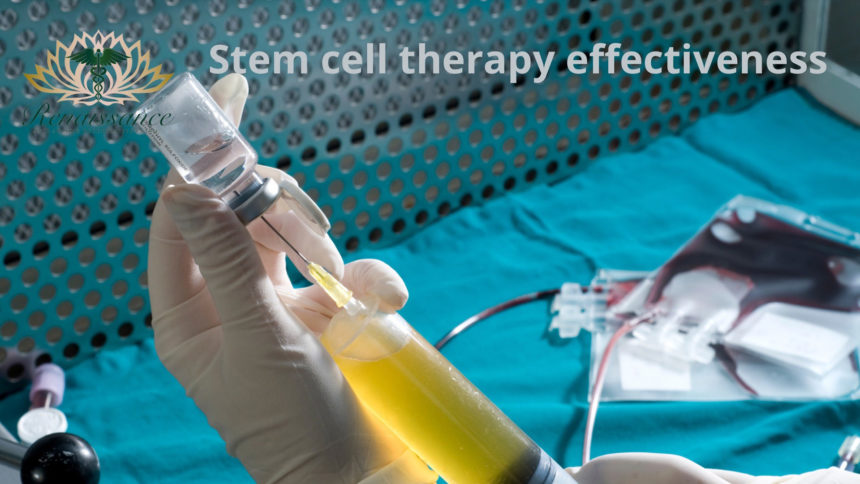Stem cell therapy
Stem cell therapy, also known as regenerative medicine, promotes the repair response of diseased, dysfunctional or injured tissue using stem cells or their derivatives. It is the next chapter in organ transplantation and uses cells instead of donor organs, which are limited in supply.
How successful is stem cell therapy?
Stem cell treatment has achieved positive results in over 45% of patients, according to one trial. Patients saw improvement in less than 6 months, which compares quite well with back surgery that usually involves very long recovery times.
Stem cell therapy in HIV
Can HIV be cured with stem cell therapy?
This third case of HIV remission, now documented in a woman, suggests that a dual stem cell transplantation strategy could also be considered as an option to achieve HIV remission and cure for people living with HIV who require a stem cell transplant for other diseases.
Hematopoietic and mesenchymal stem cells
Mesenchymal stromal/stem cells (MSCs) of bone marrow (BM) origin not only provide the supportive microenvironmental niche for hematopoietic stem cells (HSCs) but are also capable of differentiating into various cell types of mesenchymal origin, such as bone, fat, and cartilage.
Mesenchymal stromal/stem cells (MSCs) of bone marrow (BM) origin not only provide the supportive microenvironmental niche for hematopoietic stem cells (HSCs) but are also capable of differentiating into various cell types of mesenchymal origin, such as bone, fat, and cartilage. In vitro and in vivo data suggest that MSCs have low inherent immunogenicity, modulate/suppress immunological responses through interactions with immune cells, and home to damaged tissues to participate in regeneration processes through their diverse biological properties. MSCs derived from BM are being evaluated for a wide range of clinical applications including disorders as diverse as myocardial infarction or newly diagnosed diabetes mellitus type-1. However, their use in HSC transplantation, either for enhancement of hematopoietic engraftment or for treatment/prevention of graft versus host disease, is far ahead of other indications. Ease of isolation and ex vivo expansion of MSCs, combined with their intriguing immunomodulatory properties, and their impressive record of safety in a wide variety of clinical trials make these cells promising candidates for further investigation.
Steven G Deeks and Joseph M McCune
Nature Biotechnology
Full text of study in mice:
New Gene Therapy Zinc Fingers Research Published: ‘doctors may someday control HIV virus using stem cells without using anti-retroviral drugs’ – Nature Biotechnology
Transplantation of human hematopoietic stem cells engineered to lack the viral coreceptor CCR5 confers resistance to HIV infection in mice.
Antiretroviral therapy has transformed the treatment of HIV infection, but, despite its profound successes, it will not halt the relentless advance of the epidemic. Against this sobering reality, several promising, recent developments in the basic-science arena have led HIV researchers to envision new therapeutic approaches that would completely eradicate the virus, effectively ‘curing’ HIV disease. In an exciting and impressive display of data published in this issue, Holt et al.1 provide a scientific bellwether for the practical implementation of one such strategy. They show that CCR5, a human gene often required for HIV to enter target cells, can be effectively and permanently disrupted in long-lived, multilineage, human hematopoietic stem cells (HSCs). When introduced into mice, these cells generate an apparently intact human immune system that is resistant to subsequent infection with HIV (Fig. 1a). This result raises the intriguing possibility that HIV-infected individuals might be cured with the infusion of autologous, gene-modified HSCs, such as Mesenchymal stem cells.

